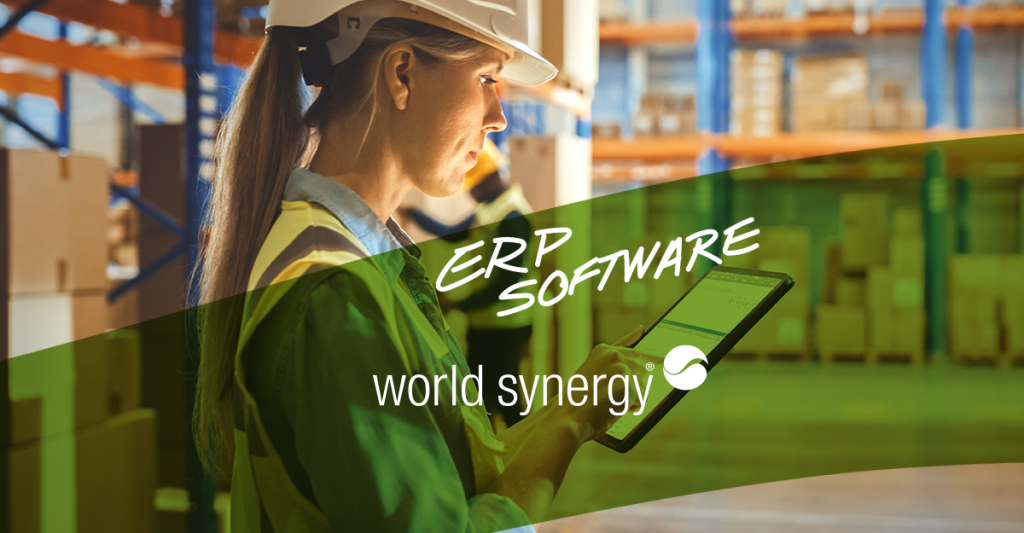Every business needs strong software solutions to operate efficiently. But when it comes to choosing Enterprise Resource Planning (ERP) software, many companies struggle. In fact, nearly 90% of our clients seek our expertise during the ERP software selection process. There's a good reason for this. Businesses understand their core operations, but navigating the complex world of ERP software can be overwhelming. ERP selection consultant firms like ours can bridge this gap and ensure a smooth and successful ERP selection process.
The Solution Gap Analysis Process
We use a data-driven approach to software selection called "Solution Gap Analysis" to ensure you choose the perfect ERP fit for your business. Here's how it works:
Identify Current Business Processes
Our approach goes beyond surface-level conversations. We conduct on-site visits, interview stakeholders, and shadow key users to gain a comprehensive understanding of your current processes, operations, and future goals. This "show me, don't tell me" approach allows us to:
- Learn critical internal workflows and identify areas for improvement, ensuring the chosen ERP integrates seamlessly.
- Capture visual representations of your current state for comparison after implementation.
Prioritize Your Must-Haves and Wishes
As we gain a deeper understanding of your business, we'll work with you to create three distinct lists that will become the cornerstone for selecting vendors that align with your most critical requirements:
- Need-to-Haves: Essential functionalities that a new ERP system absolutely must possess.
- Nice-to-Haves: Features that would be beneficial but not dealbreakers.
- Wishlist: Additional features that would further optimize your operations.
Find Quality Vendor Options
With your needs clearly defined, we'll identify a shortlist of trusted software vendors. We'll then send your need-to-have, nice-to-have, and wishlist lists to these vendors for evaluation, ensuring they understand your ERP software selection requirements.
The vendors will compare their software's capabilities to your requirements and provide feedback on their suitability. We then take this information and create a comprehensive overview that maps your needs against each vendor's capabilities. This allows for a clear visual comparison of each option.
See the Vendors in Action
After reviewing the vendor capabilities and your initial thoughts, we'll refine the shortlist together. We will then have demos with the top contenders to showcase core functionalities, ensuring alignment with your specific needs, not just generic features. These hands-on sessions let you assess how the software integrates with your processes, aiding in choosing the best fit for your business.
Select Your Software
After the demos, we'll work with you to analyze the results and select the ERP software that best meets your needs. By partnering with our ERP selection consultant team, you gain a data-driven approach to software selection. Our solution gap analysis ensures you choose the right ERP system, not just the flashiest one.
Your ERP Selection Consultant Team
Choosing the right ERP software is a critical decision that can significantly impact your business operations. Our solution gap analysis goes beyond surface-level evaluations to ensure you find the perfect fit. We eliminate the guesswork by providing a data-driven approach that aligns your specific needs with the most suitable ERP system. Partner with our ERP selection experts and gain the confidence to make an informed decision. Contact us today to learn more about the solution gap analysis process and discover how we can help you find the ideal ERP software for your business!


